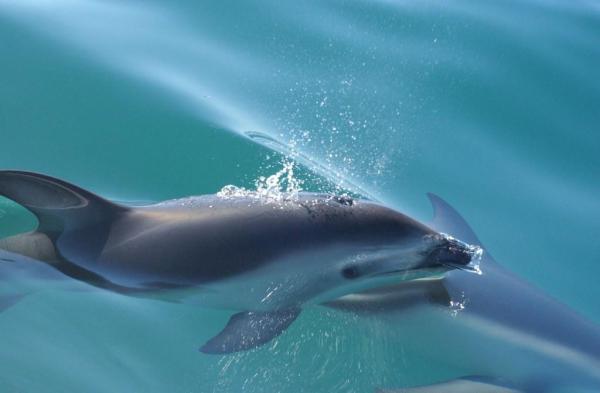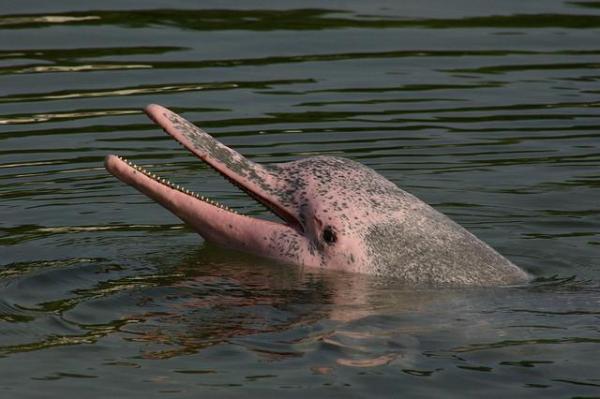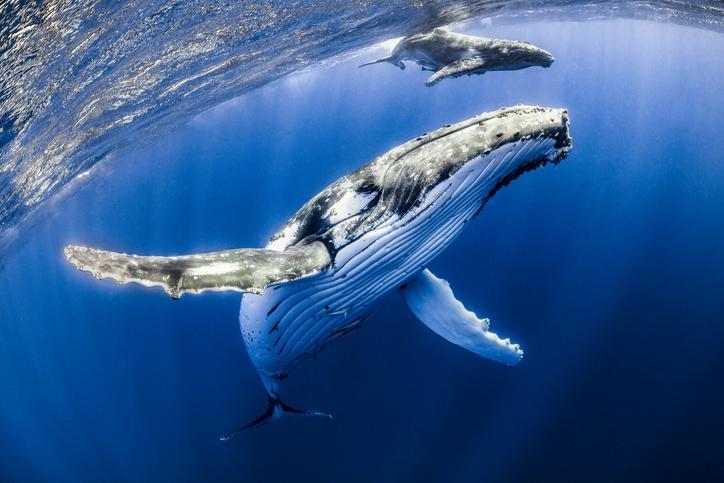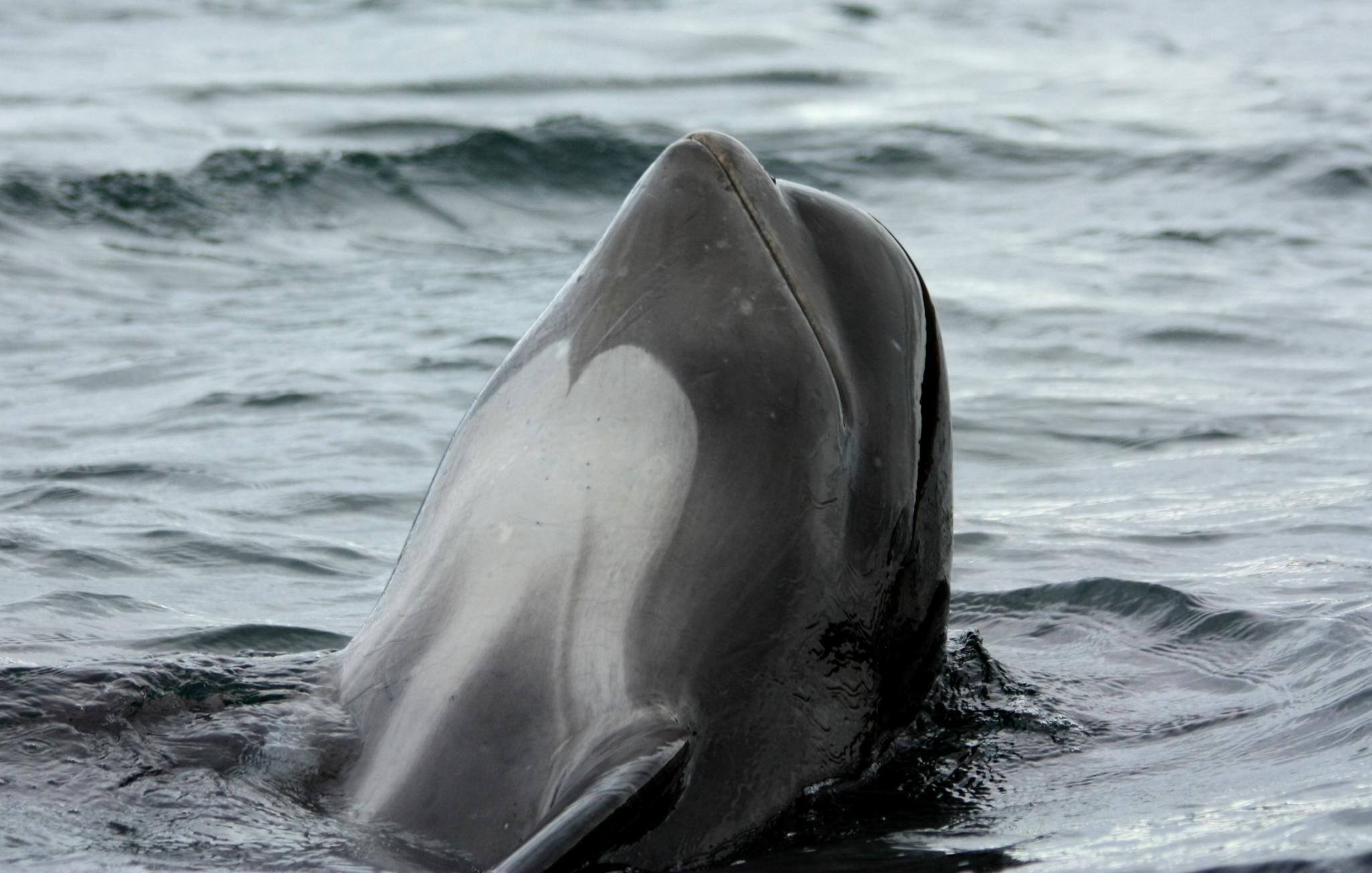List of Cetaceans - Meaning, Types And Characteristics


Cetaceans are marine mammals most commonly know for their presence in mythical stories and ancient legends. Cetaceans are considered the most peculiar of all mammal orders. Unfortunately however, with the passing of time, these animals are slowly disappearing...but why?
For more about cetacean examples, definition, characteristics and types, keep reading here at AnimalWised. Discover everything you need to know about the order Cetacea here!
Cetaceans meaning
So what is the exact Cetaceans definition? The order Cetacea, is made up of two suborders; Mysticeti formed by the baleen whales and Odontoceti, composed of cetaceans with teeth, such as sperm whales, dolphins and killer whales.
The cetacean evolution of both suborders are incredibly similar, as they are all a result of evolutionary convergence. The structural characteristics common between both groups, such as body shape, nasal fossa, blowhole positioning, lung shape and lack of vocal chords, suggests that these species have evolved from different ancestors into akin animals.
Cetacean animals are lung mammals that inhabit our seas and oceans, although there are also some species live in rivers.
For more, we suggest taking a look at our aquatic mammals list.

Cetaceans characteristics
Cetacean animals are characterized by their anatomy, morphology, physiology and habitat. The main characteristics of cetaceans are:
- They exhibit an exceptionally wide range of body mass that influences oxygen storage and capacity utilization. This ‘space’ prevents the appearance of hypoxia otherwise referred to as lack of tissue oxygen.
- When diving and swimming, their hearts draw blood to the brain, lungs and muscles to allow for continuous body functioning.
- Cetacean trachea is shorter than in terrestrial mammals, and is not linked to the esophagus. Cetacean trachea is connected to the blowhole, where they inhale and exhale.
- They have large fat reservoirs to prevent hypothermia, specifically when submerging to greater depths.
- The hydrodynamic shape of their bodies allows for greater swimming speed and prevents damage from significant pressure changes.
- They lack vocal cords. Instead they have an organ called the melon which they use to communicate or hunt by echolocation.
- They have incredibly thick skin. The outermost layer, epidermis is constantly renewed.
- At birth, young cetaceans have hair, which disappears within a few months of life.
- Fin number depends on the species. Although all have pectoral and caudal fins.
- Some species have teeth of the same size and shape. Others have beards or filter-feeders, which they use to filter through water to feed.
For more cetacean facts and examples, keep reading below.
Where do cetaceans live?
As we’ve already mentioned, cetaceans are marine mammals that live in rivers and oceans around the world. Some cetaceans live in circumpolar waters, such as the beluga whale (Delphinapterus leucas) or the narwhal (Monodon monoceros), and they have adapted to these low temperatures. Others, such as the long-finned pilot whale (Globicephala melas) and the short-finned pilot whale (Globicephala macrorhynchus), live in tropical warmer waters.
The most endangered of all cetaceans generally live in fresh water. The decrease in these such populations are as a result on river pollution, dam construction and discriminated hunting. One of the most commonly asked questions is,‘‘ Can dolphins live in fresh water?’’ Yes, they can. In fact, The most common fresh-water cetaceans include:
- Bolivian river dolphin (Inia boliviensis)
- Araguaian river dolphin(Inia araguaiaensis)
- Amazon river dolphin (Inia geoffrensis)
- La plata dolphin (Pontoporia blainvillei)
- Baiji (Lipotes vexillifer)
- South Asian river dolphin (Platanista minor)
- Ganges river dolphin (Platanista gangética)
The vast majority of cetaceans migrate annually from their feeding areas to their breeding areas, and it is during this time that these animals are the most protected.
Image below: amazon river dolphin

Cetaceans characteristics and examples
Cetaceans are classified into two large groups: Mysticeti and Odontoceti. Keep reading to discover our list of cetaceans:
1. Mysticeti
Mysticeti, commonly referred to as baleen whales, are characterized for having filter-feeders (baleen plates) instead of teeth. These mammals are incredibly large and usually live in cold waters. Some of the species on this list haven’t been sighted in decades. The most common Mysticeti baleen whale species include:
- North Pacific right Whale (Eubalaena japonica)
- Bowhead whale (Balaena mysticetus)
- Fin whale (Balaenoptera physalus)
- The blue whale (Balaenoptera musculus)
- The humpback whale (Megaptera novaeangliae)
- Gray whale (Eschrichtius robustus)
- Pygmy right Whale (Caperea marginata)

2. Odontoceti
The Odontoceti or toothed whale, are cetaceans with teeth. There are many toothed whale species which vary largely. All odonteci are carnivorous and the most common Odontoceti include:
- Long-finned pilot whale (Globicephala melas)
- Peale’s dolphin (Lagenorhynchus australis)
- Killer whale (Orcinus orca)
- Striped dolphin (Stenella coeruleoalba)
- Common bottlenose dolphin (Tursiops truncatus)
- Atlantic white-sided dolphin (Lagenorhynchus acutus)
- Dusky dolphin (Lagenorhynchus obscurus)
- The harbour porpoise (Phocoena phocoena)
- Vaquita (Phocoena sinus)
- The spectacled porpoise (Phocoena dioptrica)
- Sperm whale (Physeter macrocephalus)
- Pygmy sperm whale (Kogia breviceps)
- Dwarf sperm whale (Kogia sima)
- Blainville’s beaked whale (Mesoplodon densirostris)
- Gervais’ beaked whale (Mesoplodon europaeus)
- Gray’s beaked whale (Mesoplodon grayi)
For more, we recommend reading about the marine animals in danger of extinction.

If you want to read similar articles to List of Cetaceans - Meaning, Types And Characteristics, we recommend you visit our Facts about the animal kingdom category.
- Geisler, J. H., & Sanders, A. E. (2003). Morphological evidence for the phylogeny of Cetacea. Journal of Mammalian Evolution, 10(1-2), 23-129.
- Noren, S. R., & Williams, T. M. (2000). Body size and skeletal muscle myoglobin of cetaceans: adaptations for maximizing dive duration. Comparative Biochemistry and Physiology Part A: Molecular & Integrative Physiology, 126(2), 181-191.
- Yablokov, A. V. (1965). Convergence or parallelism in the evolution of cetaceans. International Geology Review, 7(8), 1461-1468.









